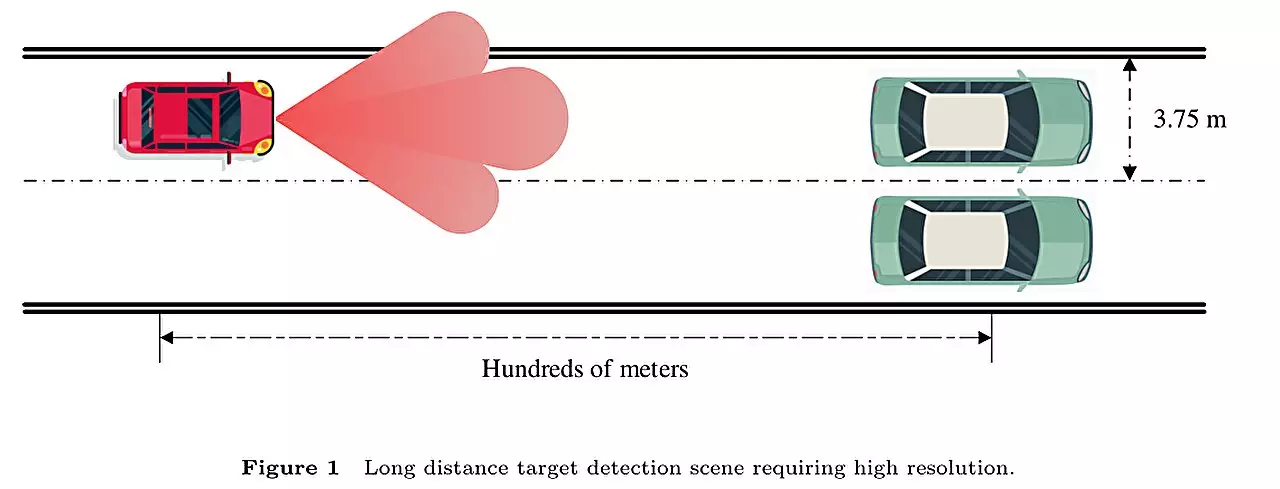Direction of Arrival (DOA) estimation is a crucial task in radar perception that enables various applications such as target detection, tracking, and imaging. Particularly in automotive millimeter-wave radars, the need for long-distance target detection at high speeds poses higher requirements for real-time performance and super-resolution ability in DOA estimation. To address these challenges, a recent article published in Science China Information Sciences proposes a novel deep learning (DL) framework that overcomes the grid mismatch problem and enhances estimation accuracy and super-resolution ability.
Most existing DL-based DOA estimation methods employ the on-grid approach. However, this approach often leads to grid mismatch problems, which limit the estimation accuracy and super-resolution ability. The new DL framework presented in the article tackles this issue by using a different approach.
The DL framework consists of two parts. The first part performs a multi-label classification task to estimate DOAs on a rough grid. The output of this part serves as the initial estimation. In the second part, a regression task is performed to estimate the offset between the real DOAs and the grid based on the previous estimation. This two-step approach avoids the grid mismatch problem and enhances the estimation accuracy. Furthermore, the DL framework preserves the high-resolution features of the original data through skip connections, thereby improving the ability to distinguish adjacent sources.
By combining the estimation results from both parts of the network, the proposed DL framework achieves high-precision super-resolution DOA estimation. This capability is essential for accurately localizing and tracking targets in radar perception tasks.
To validate the effectiveness of the proposed DL framework, extensive experiments were conducted using simulation and real data. In the simulations, a uniform linear array configuration with 12 elements and half-wavelength interelement distance was adopted. The experimental results demonstrate the superior performance of the proposed method compared to traditional DOA estimation methods and other DL-based methods.
In the first set of experiments, the DOAs of angle pairs consisting of two sources with fixed angle intervals were estimated. The proposed method consistently achieved stable DOA estimation with small errors, indicating its robustness and accuracy.
The second set of experiments involved comparing the statistical characteristics of various methods. Monte Carlo simulations were conducted to assess the root mean square error (RMSE) performance under different signal-to-noise ratios (SNRs), number of snapshots, and angle intervals. The results indicate that the proposed method exhibits good adaptability to low SNRs and small snapshots. It also demonstrates strong resolution ability for sources with small angle intervals. Furthermore, the proposed DL-based method outperforms other DL-based methods and traditional techniques in multiple cases.
The final part of the experiments involved testing the proposed method on real data. A substantial amount of samples were collected for training purposes, and the trained model was evaluated using a sample not included in the training set. The DOA estimation results for real data demonstrate the accuracy of the proposed method in estimating the DOAs of closely spaced real targets. The proposed DL framework surpasses other methods in terms of estimation accuracy and performance.
The article presents a novel DL framework for DOA estimation in radar perception tasks. By addressing the grid mismatch problem and incorporating multi-label classification and regression tasks, the proposed method achieves high-precision super-resolution DOA estimation. Extensive experiments using simulation and real data demonstrate the superiority of the proposed DL framework compared to traditional methods and other DL-based approaches. This advancement in DOA estimation can significantly enhance the performance of various applications in radar perception, particularly in automotive millimeter-wave radars.


Leave a Reply